Usually it’s Josh Bycer who does these reviews of new games, but for a change I’m doing one this time! And in text no less! It’s World of Goo 2, which is available for purchase now on the Epic Store, Switch and the makers’ own website.
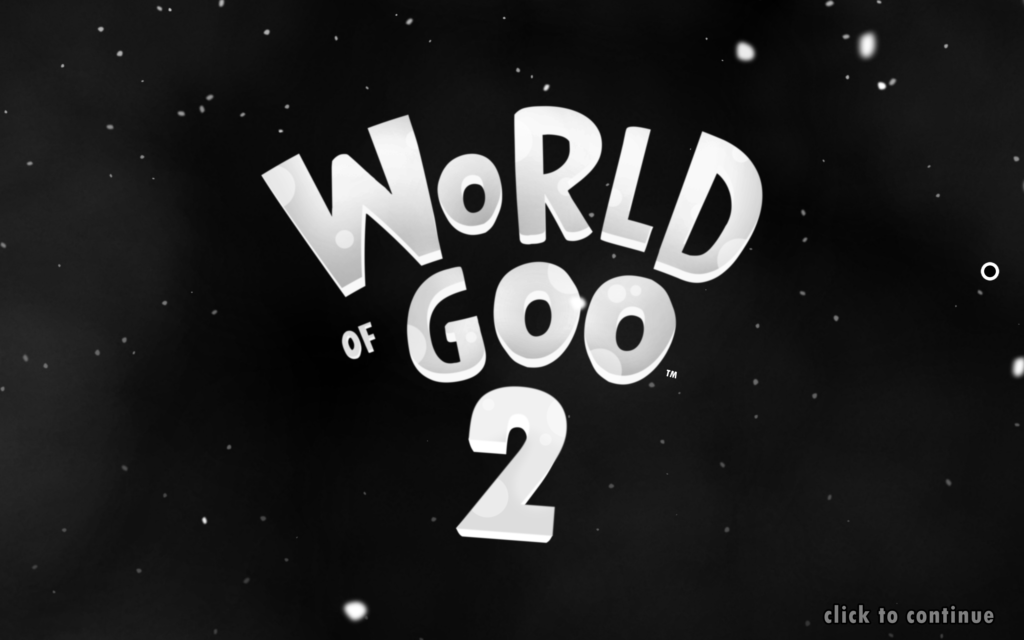
The people from Tomorrow Corporation got in touch out of the blue, because then-Gamasutra helped spread the word about the original game long ago. Now-Game-Developer currently has a temporary hold on freelance Q&A work, but Kyle Gray was gracious enough to give me a press key anyway, and I figured a review here would be the least I could do. It’s true, it was a free key, but on the other hand I’ve always been a big fan of the original World of Goo. I’ve finished it at least twice, on PC and on Wii.
Does this make me biased? What does biased even mean? The principals of 2DBOY and Tomorrow Corporation have always been shining stars of indie gaming, and I’ve played nearly everything they’ve made since, including the DS title Henry Hatsworth and the Puzzling Adventure, directed by Kyle Gray. Was there a chance that this could have been a negative review? Not really, but then, if it was going to be negative, I probably wouldn’t be writing it. All I can do is assure you: we’re not in this for press keys.
–
There are games that feel like they’ve been with us always, and so it seems for the original World of Goo. It was published in 2008, but I’m so used to games being older than I expect that I half expected it to date from 2006, or earlier.
2DBOY’s World of Goo came out at the beginning of the indie gaming revolution, and one was of the biggest success stories of that heady time. It was one of the first non-Nintendo downloadable titles for the Wii, where it was a huge hit and helped to establish that console, and Nintendo’s consoles generally, as a hospitable, profitable home for small independently-made games.
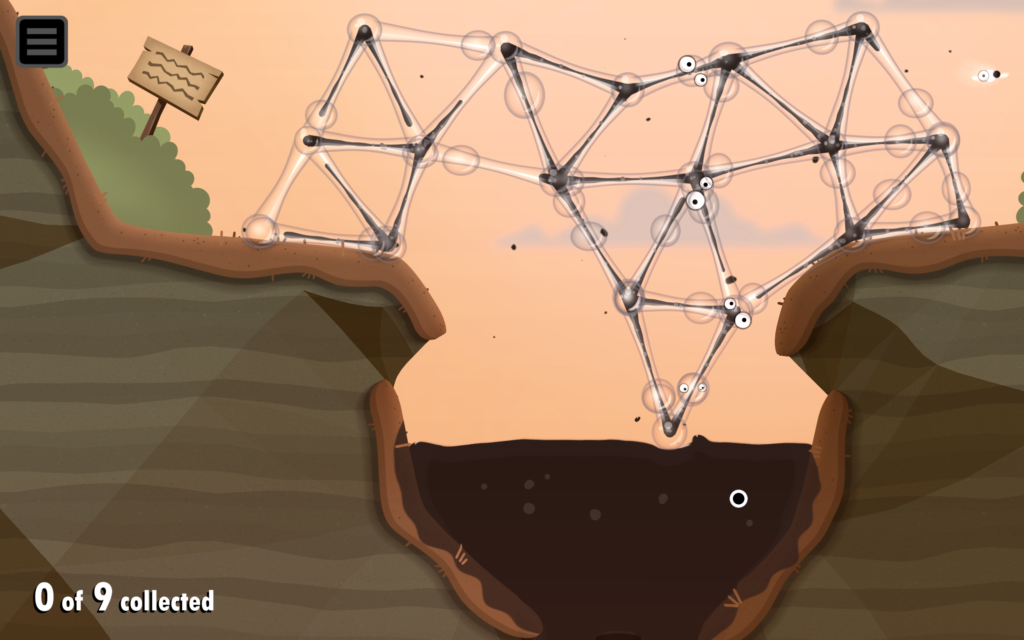
In the 16 years since, the game industry has changed drastically, although really it always has been. Indie titles have proliferated, to the degree that it has become difficult for a game to make itself seen amidst a flood of competitors. Some of the principals of 2DBOY split off into another company, Tomorrow Corporation, which produced the quasi-spinoff Little Inferno, a couple of brilliant visual programming games, Human Resource Machine and 7 Billion Humans, and they published the comedy-adventure game The Captain. Except for The Captain, all of these Tomorrow-made titles, and World of Goo too, share a distinctive and unique visual style and soundscape, which are kind of like if Tim Burton and Danny Elfman decided to make video games.
But World of Goo was the game that started it all. It’s a clever physics game where players build constructions out of “Goo Balls” in order to erect towers, bridge gaps, and generally bring the remaining balls on the level to an exit pipe. Drag one goo ball near another to make a bond between them, which behaves like a thin, stiff spring. By joining them together, balls and bonds, you can make all kinds of physics constructions. More species of goo balls are introduced in later levels: goo balloons, reusable goo, goo that can bond to three other goo balls at once, goo that can only bond singly, goo that sticks to walls and more.
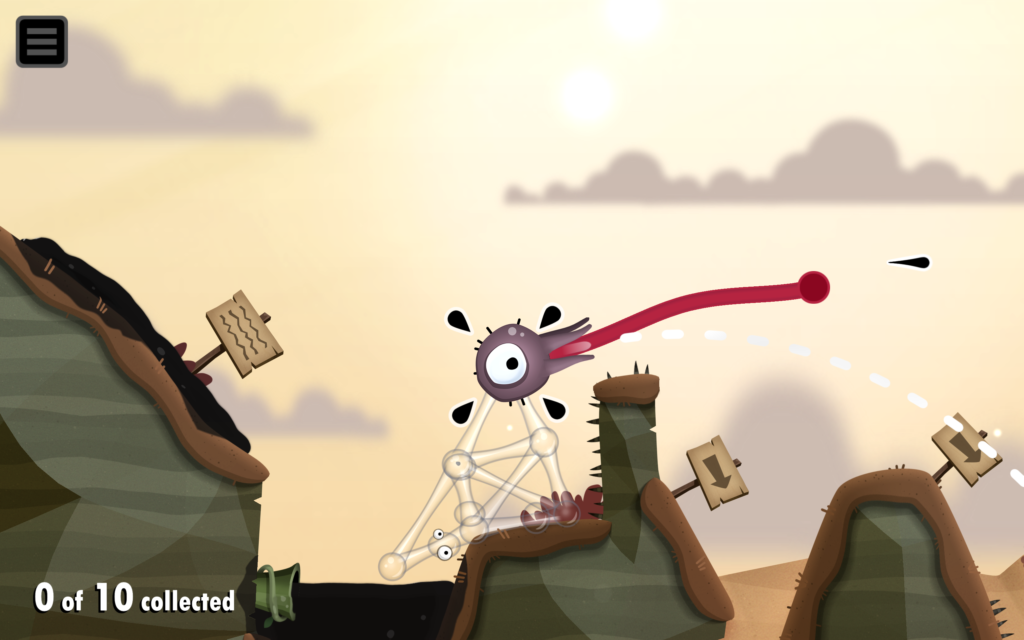
The aim of most levels is to reach that pipe somewhere in the level. If you can get a goo construction close enough to it, it activates, drawing goo balls into it. To win a level, you have to collect a minimum number of balls; getting more means getting a better score. Usually goo balls that have been used to build things can’t then be sucked down the pipe, so the more goo you use to reach it, the less you can save and the lower your score. Each level has an optional “OCD,” or “Obsessive Completion Distinction” target, that is reached is marked on the hub screen by a flag. Some levels it’s earned by saving a target number of goo balls, some by using under a certain number of moves (goo connections), and with some it’s just a time limit. All of this applies to its sequel, World of Goo 2, as well, just with more kinds of goo and with more puzzle elements. The OCD goals now have one of each type for each level, which are tracked separately.
World of Goo’s gameplay is not completely original. A variety of small games and web toys featuring physics systems of WoG’s type have existed at least as far back as the year 2000, going back to Soda’s defunct, yet fondly remembered Java toy Soda Constructor. World of Goo itself began life as a freeware toy called Tower of Goo, that emerged from its creators’ work at Carnegie University and the Expermental Gameplay Project. (Warning: link is ancient, although still works.)
–
World of Goo went far beyond those earlier versions of the idea, and World of Goo 2 goes beyond even that. The games stay fresh through by constantly introducing new wrinkles on the concept, and new kinds of goo balls with different properties, and it’s always a joy to get a new element to play with. The first game had 48 levels, and WoG2 has 61, but they go by in a flash, and the game never overstays its welcome. If anything they feel much too short, like there are gameplay possibilities left unexplored. I guess it’s true that you should always leave them wanting more.
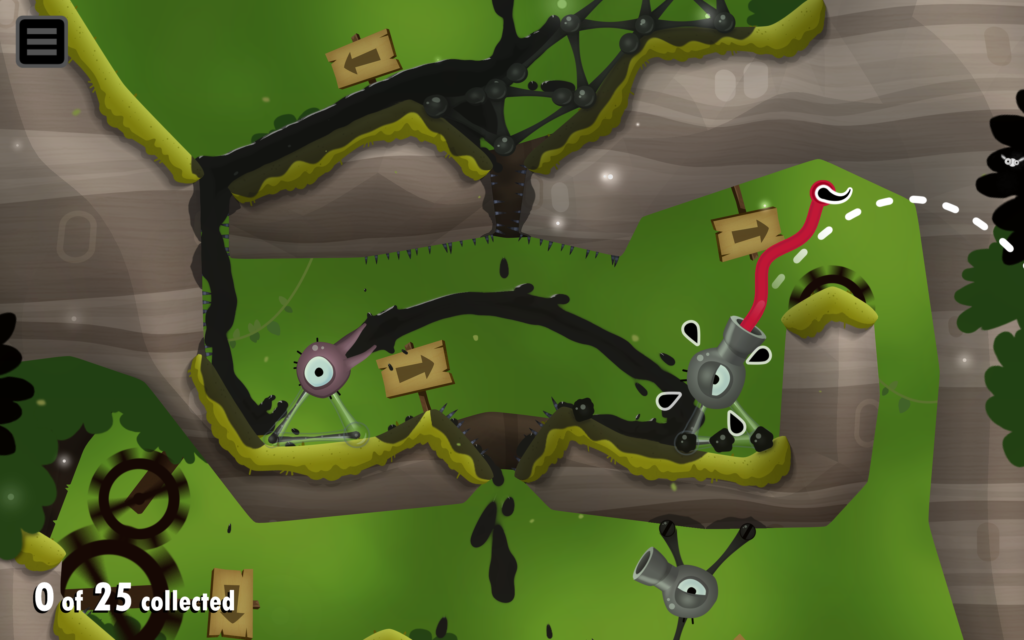
World of Goo had a bizarre story involving the creation and machinations of an ominous company, called World of Goo Corporation, that may have been inspired by 2DBOY’s founders’ experiences working for Electronic Arts. It’s really less of a story as a collection of short stories, told in five chapters, with the highlight being a bizarre and self-referential Chapter 4 where the game’s concepts are flipped upside down.
World of Goo 2 also has a bizarre story that’s like a collection of short stories, about World of Goo Corporation’s ominous successor, World of Goo Organization. It all culminates in Chapter 4, where the game’s concepts aren’t so much flipped upside down but entirely stretched out of shape. I don’t want to spoil it, but Chapter 4 is amazing.
So yes, World of Goo 2 largely follows the same lines as the predecessor. It’s not just in story. It follows up on some of those possibilities hinted at during World of Goo, but it also adds many more new concepts, so by the end, which I reached in an obsessed 9 1/2 hours of play, I felt like there were at least as many gameplay loose ends as at the end of the first World of Goo.
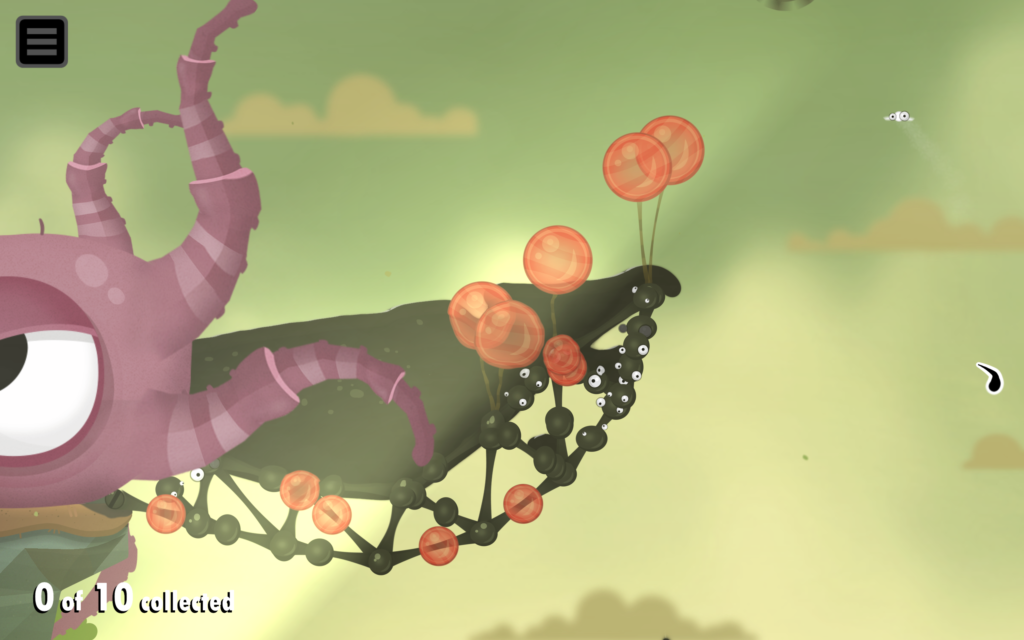
All the old species of goo ball return, but now there’s new friends to learn about. There’s now liquids! And jelly creatures that you can split apart and grind up in satisfying ways! Goo conduits and launchers, and shooters and engines, and even more beyond that. The physics engine has received a substantial upgrade. Goo balls now leave damp blotches on the terrain they rest upon. The Time Bug undo feature can go back a bit further. You can drag the view around with the mouse, zoom in and out with the mouse wheel, and the goo balls are a bit better about getting out of your way when you’re trying to click on something important.
The only way that it’s really deficient, I’d say, is that it lacks the open-ended “Tower of Goo” mode of the original, where players could use their collected goo balls from the other levels in a high score challenge. Maybe in an update? World of Goo 2 has enough ideas in it that they could, if they chose, make a World of Goo 3. But what then? Could they keep riding this train for 100,000 years? Maybe not, but if they can keep up this level of ingenuity, then easily for another sequel.
World of Goo 2 has an engaging art style, so here, have some of the many hundreds of screenshots I took. There aren’t any big spoilers in them, but they do illustrate some of the later goos and gimmicks.
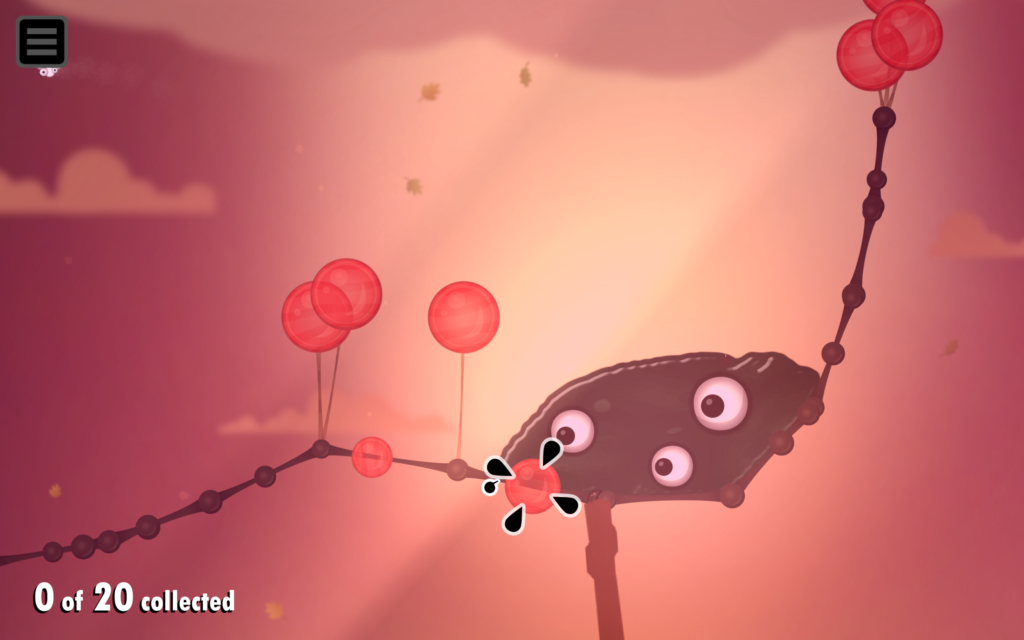
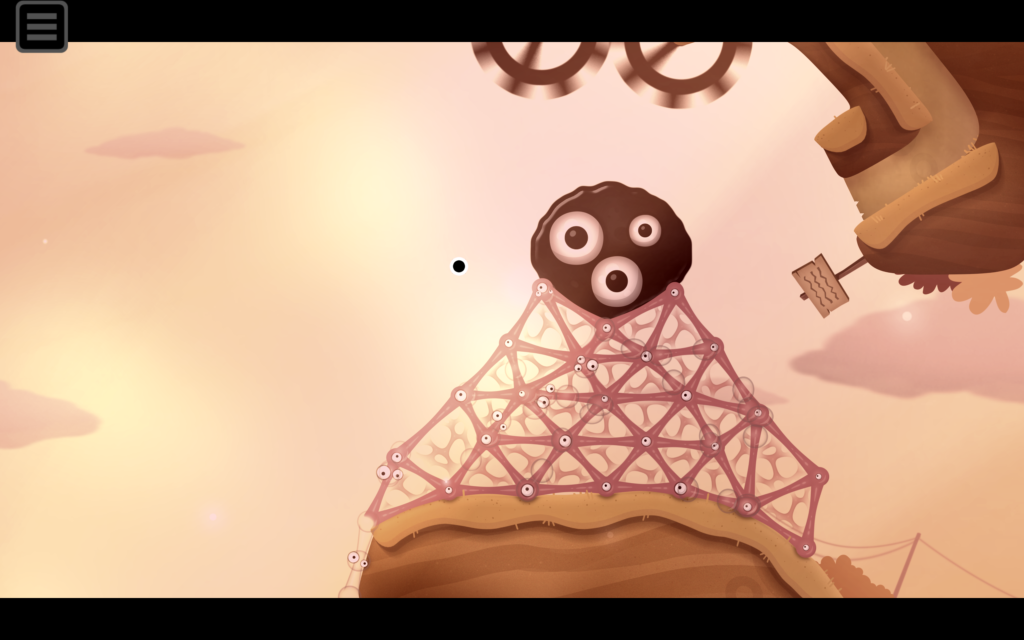
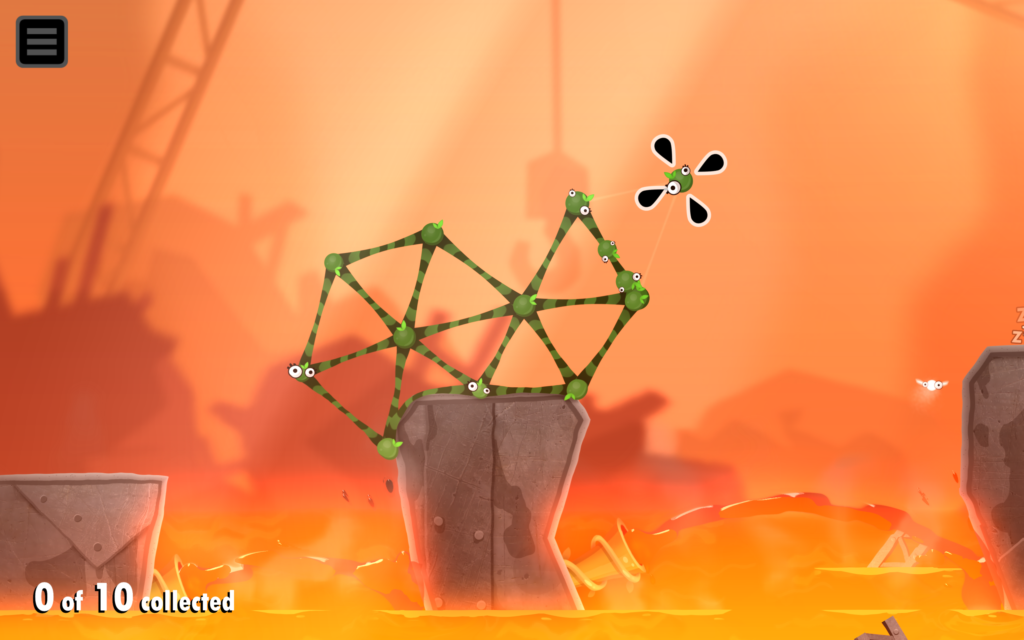
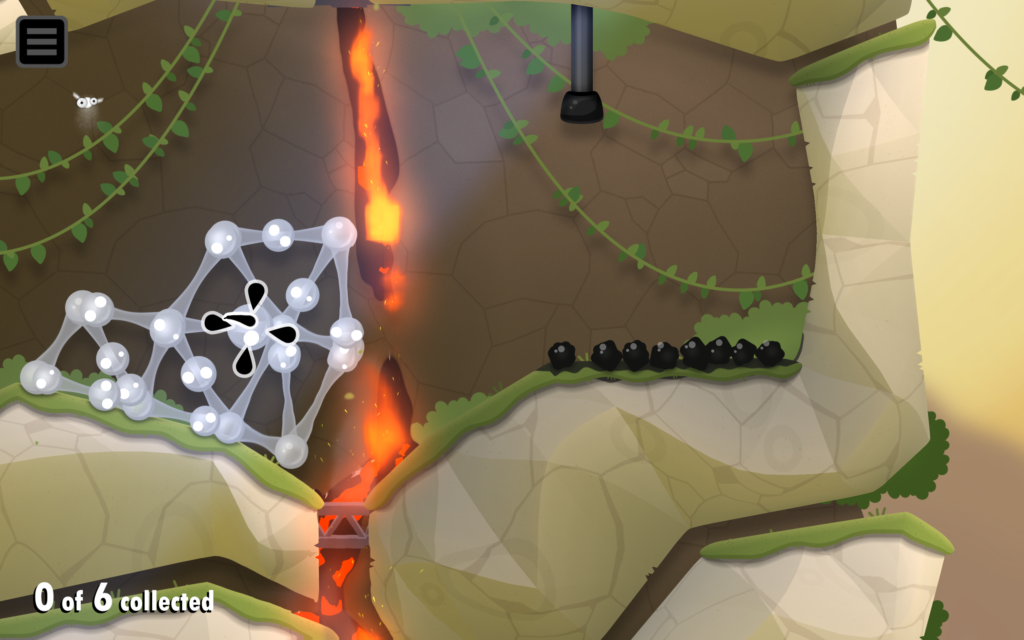
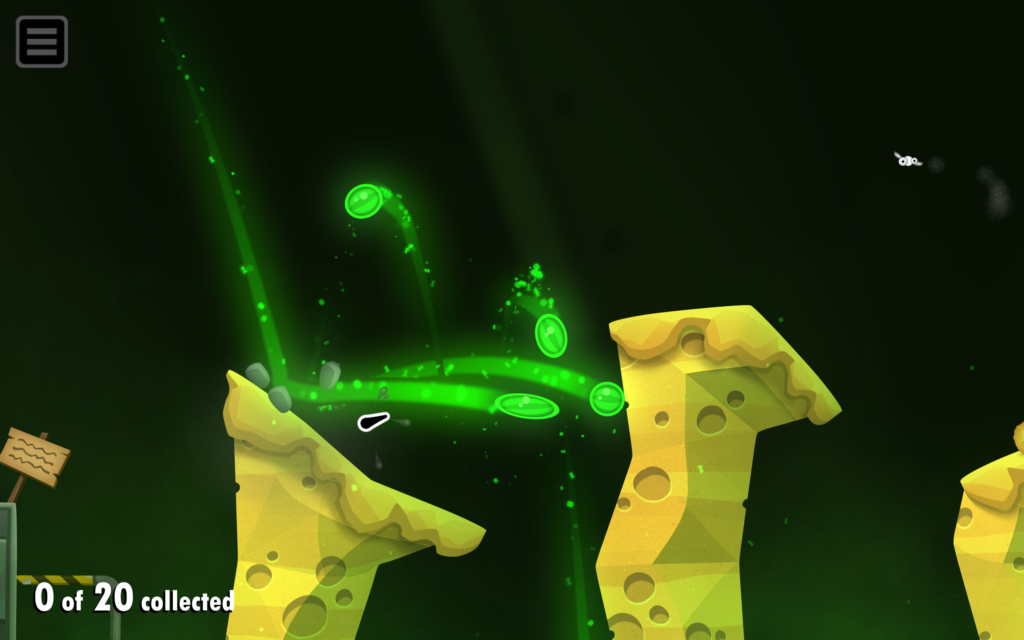
I had an amazing amount of fun with World of Goo 2. I binged it and finished it in 9 1/2 hours. You might finish it a bit faster, since I took something of the scenic route, but I also still remember many tricks from the first game, which I had completely OCD’d on Wii, and didn’t get stuck anywhere. It gets started a bit faster than World of Goo did. If you haven’t played it, you might want to go through it first. Luckily World of Goo has never gone out of print, and is available for nearly all desktop and mobile platforms, in addition to Nintendo consoles. You can’t get the Wii or Wii-U versions any more, but it can be obtained readily for the Switch.
It’s true, I’m on Tomorrow Corporation’s side. They’re good people and deserve to do well, but I’d be obsessing over World of Goo 2 even if I’d never heard of them before. It’s a real jewel, and I’m sure you’ll enjoy it.
If you found this review useful, please pass it around. And let us know; maybe I’ll do more text reviews in the future.
